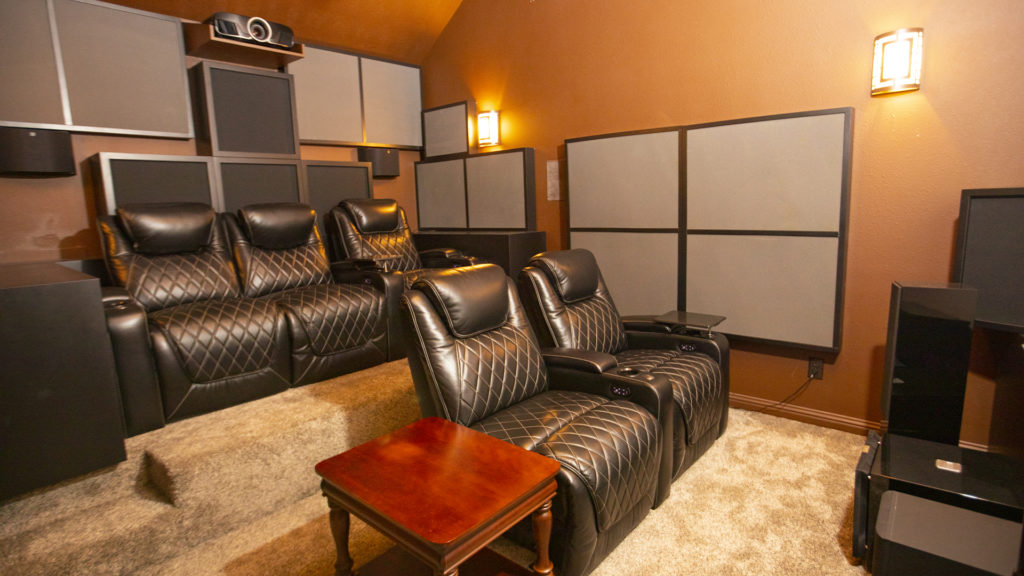
What does the term acoustic wall panel mean? Is it a sound absorption panel? Is it a sound diffusion panel? These are the only two forms an acoustic wall panel can take under our current laws of physics. We must first decide what we mean when we are using the term acoustic wall panel so we can decide how many to use, what type to use, and finally where to place our acoustic wall panel. We also must decide what frequencies we are trying to treat with any type of acoustic wall panel. Every acoustic technology has a frequency range that it works best within. We must know the frequency and amplitude or how strong the energy is in order to prescribe the correct treatment type, amount and position. TAP.
https://en.wikipedia.org/wiki/Acoustic_panel
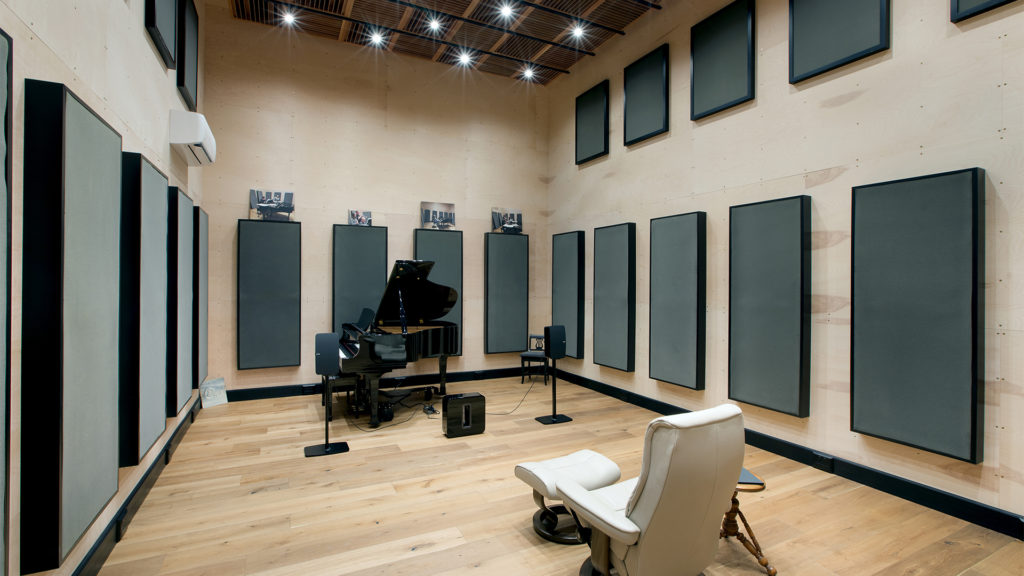
Let’s assume the search term acoustic wall panel is for sound absorption. If sound absorption is our acoustical objective, what frequencies are we trying to absorb? Are we dealing with low frequencies such as bass guitar and drums. Are we dealing with middle and high frequencies such as acoustic guitar and voice? We must calculate the frequencies we are treating in order to prescribe the correct acoustic wall panel. Low frequency technology is much different than middle and high frequency technology. Using one to treat the other will not work. Low frequency absorption technology has weight and mass. Low frequency units sit upon the floor where middle and high frequency panels can be wall hung.
https://www.acousticfields.com/how-do-sound-diffusers-work/
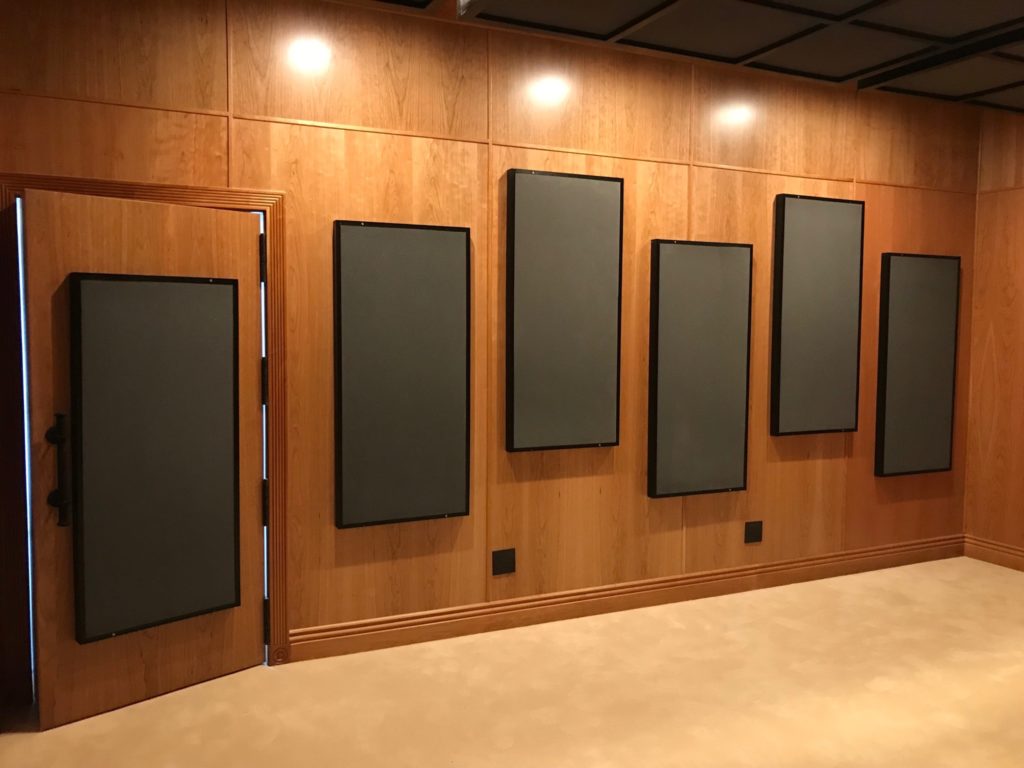
There are three types of low frequency absorption technology. There is diaphragmatic, membrane and Helmholtz. Diaphragmatic low-frequency absorption is the most powerful and weighs the most. It is absorbing long waves of energy so the technology has mass and panel depth that can range from 12 – 16″. Membrane absorbers are the cousin to diaphragmatic absorbers. They go after the same frequencies as diaphragmatic absorbers however due to their lighter weight and construction they absorb less energy at each octave band than a diaphragmatic absorber does. A Helmholtz resonator goes after individual frequency bands. They are more selective in the frequencies that they absorb. They are used as a tuning tool to go after specific frequencies that a broader band low-frequency absorber may not be able to get enough of.
https://www.acousticfields.com/product/acoustic-panels/
Middle and high frequency sound absorption technology works by using air flow. The technical term is molecular velocity. Air moves across the surface of the material type and friction is produced during this air flow process. The friction from the air movement across the surface of the material produces friction which then generates heat producing an energy transformation. Energy is not lost. It has been changed from molecular velocity to heat through friction. This is the process for sound absorption in the middle and higher frequency ranges. Open celled acoustic foams are a good example of a middle and high frequency absorber. They are lightweight and relatively easy to manufacture with lower costs. They can and should be designed to absorb the proper rates and levels of absorption for music and voice.
https://www.acousticfields.com/product/carbon-panel/
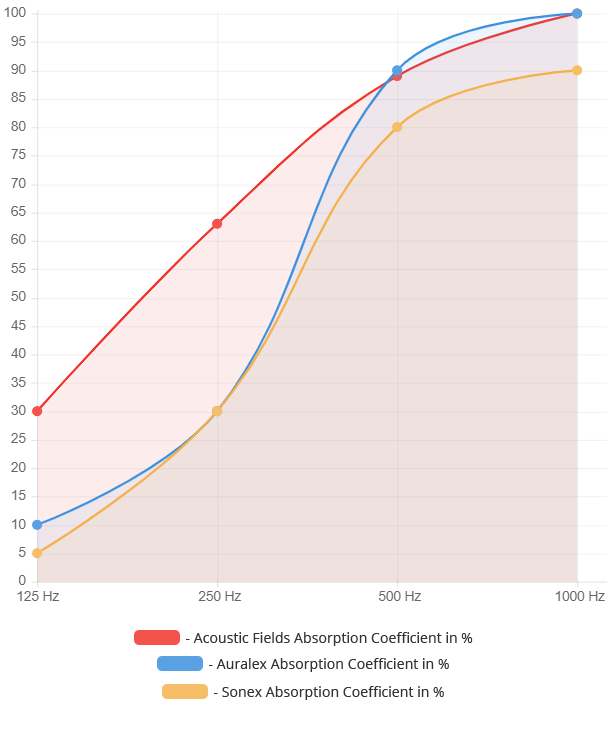
Music and voice require a smooth and linear rate of absorption. There can be no peaks or dips in their performance curves. There must be a smooth transition from 125 – 500 hz. This is a critical frequency range to get right for music and voice. Notice the absorption curves shown in the graphic which compares Acoustic Fields’ foam to others. Notice the red line which is Acoustic Fields foam. Look at how smooth and even it is. Look at the response curve of the other two foams shown. They have dips in their response which means that their product will not absorb the frequencies where there are dips in the performance response.
https://www.acousticfields.com/product/acoustic-foam/
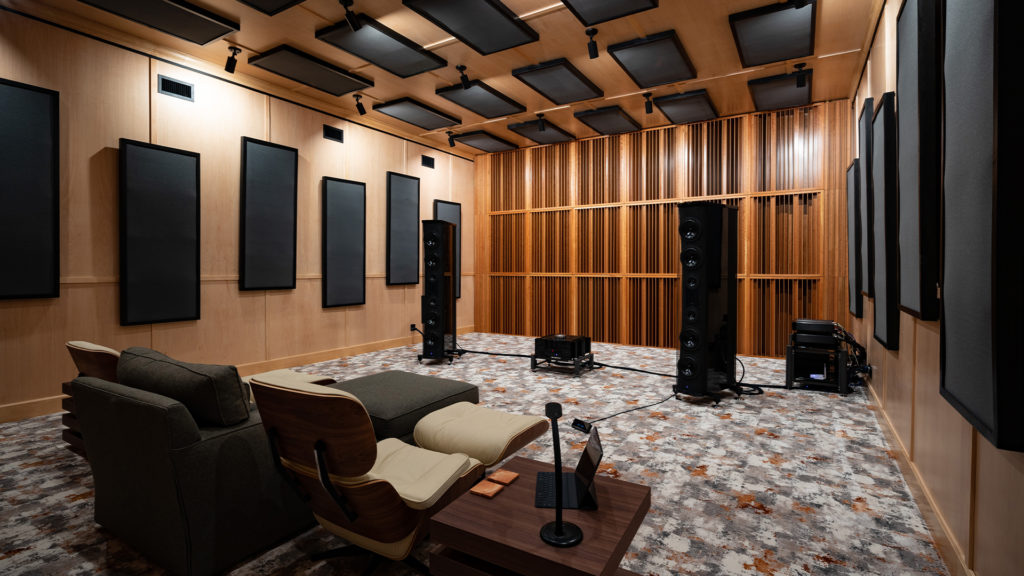
Diffusion is another possibility for an acoustic wall panel. Diffusion takes the reflection from the wall surfaces and creates a series of smaller reflections. The smaller reflections are more difficult for the ear and our brains to localize distance. This results in our rooms sounding much larger than they have the physical size to do. Diffusion is a wonderful tool if used correctly. It is the last technology to introduce into a room. You must first manage all the low middle and high frequency issues using absorption. After you have successfully managed reverberation times throughout the room and addressed all lower frequency modal issues you can introduce diffusion on certain wall surfaces depending on the room usage.


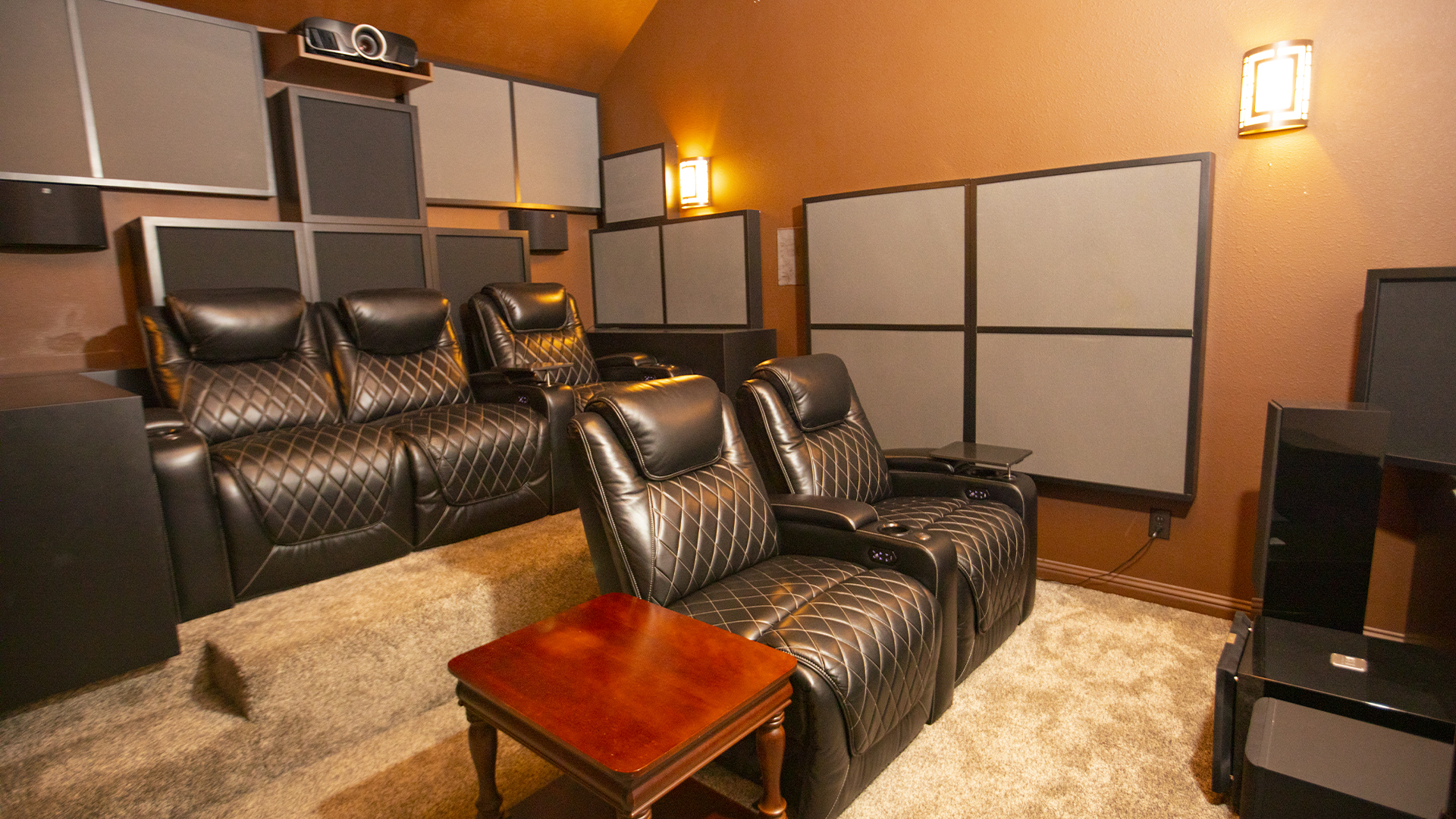





The discussion on ductwork noise transmission from Acoustic Fields highlights crucial aspects of HVAC system acoustics. The movement of air…
Great build plans. thank you Denis
You must use absorption. Never place a chair against a wall.
A friend and I built several diffusors using these plans and they turned out absolutely beautiful. Very good instructions and…